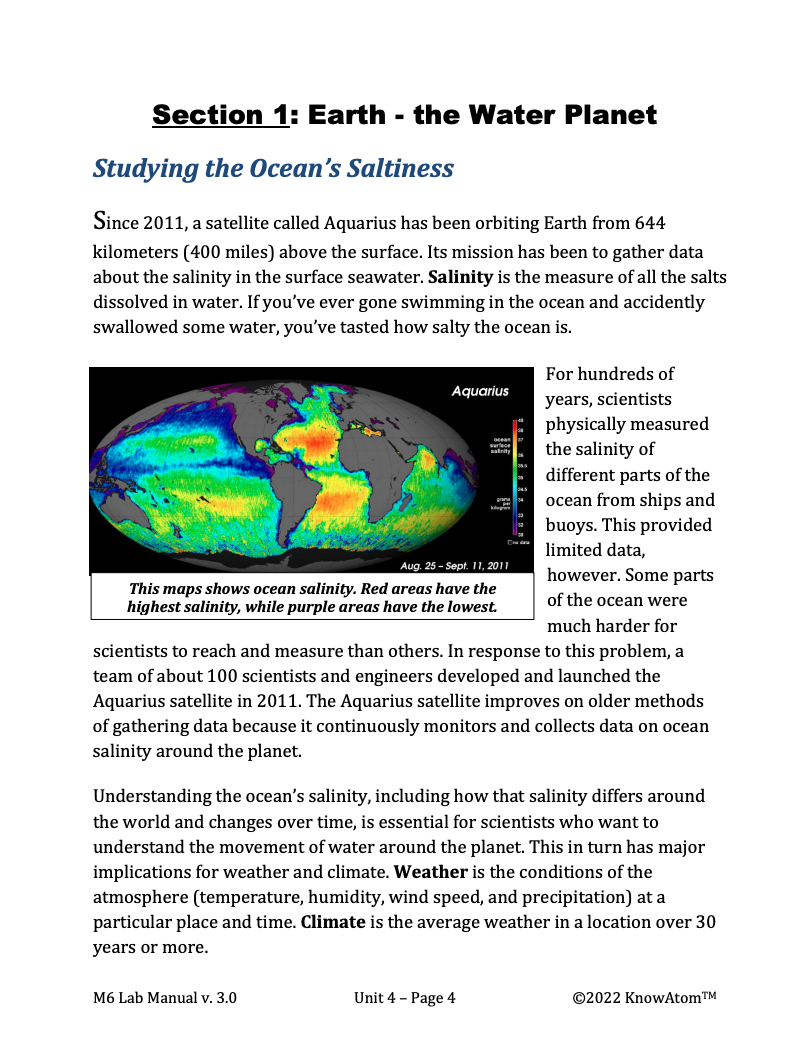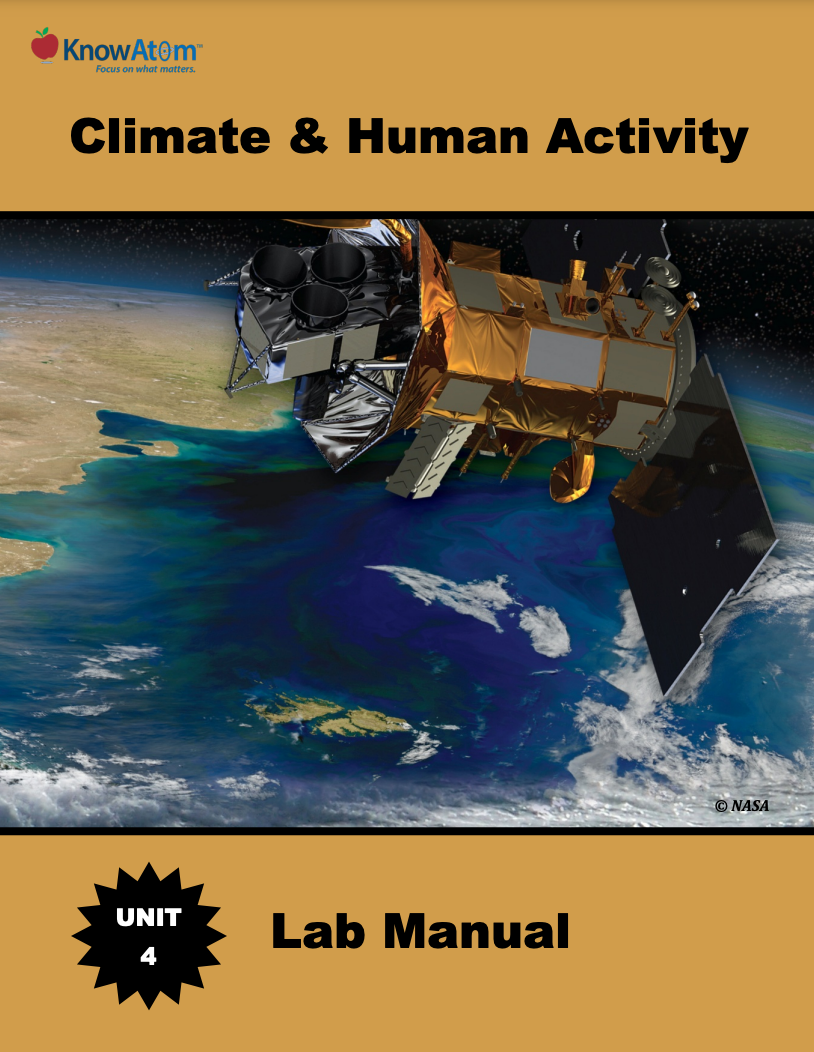
In this unit, students analyze the phenomenon of our sun as the primary source of energy on Earth. In this lesson, students explore how the sun’s uneven heating of the planet drives weather phenomena and climate phenomena, which result from complex interactions within Earth’s systems. This page is an extract from parts of this lesson.

In this unit, students build on their scientific knowledge about matter, energy, and heat transfer to explore science phenomena related to weather and climate. They investigate how the sun powers the global water cycle, which in turn has very local impacts that affect the phenomena of regional climates around the world. This page showcases all the parts of this lesson.

In this unit, students build on their scientific knowledge about matter, energy, and heat transfer to explore the phenomena of weather and climate. They investigate how the sun powers the global water cycle, which in turn has very local impacts that affect the phenomena of regional climates around the world. They then use that knowledge to figure out and design a technology that solves the problem of drought-related water shortages.
Standards citation: NGSS Lead States. 2013. Next Generation Science Standards: For States, By States. Washington, DC: The National Academies Press. Neither WestEd nor the lead states and partners that developed the Next Generation Science Standards were involved in the production of this product, and do not endorse it.
